Coronado, California (15 minutes from San Diego)
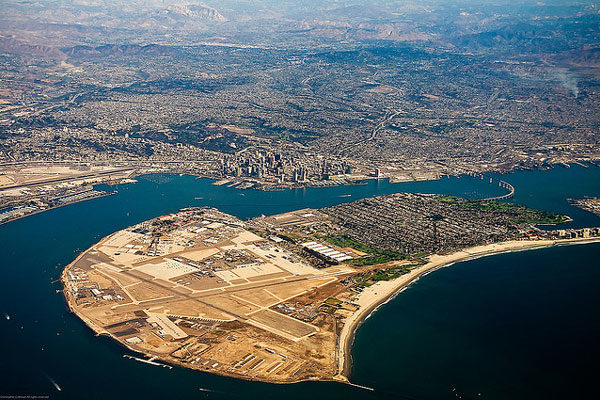
Coronado has something for everyone: beautiful wide white sandy beaches, U.S Naval installations housing Sea Hawk helicopters, F/A18 fighter jets, four navy SEAL teams including their training base for would be SEAL team members and the world famous Hotel del Coronado.
The Coronado beach is soft, cool and very wide. Plenty of room for kids to run, play, build sand castles and just relax. Your child will quickly notice that this is not just any beach because in the air for as far as one can see there are military helicopters, fighter jets and planes taking off/ landing while carrying out training missions. An amazing sight. Depending on the time of day it is likely you will witness one or more SEAL teams training on the beach or in the surf as well.
Almost a part of the beach sits the famous Hotel del Coronado Hotel, a National Historic Landmark. Originally built in 1888 (over 125 year ago). When it was opened it was the largest resort hotel (339 rooms) in the world offering its guests a wide variety of entertainment including: an Olympic-sized salt water pool, tennis courts, a yacht club, a Japanese tea garden, an ostrich farm, billiards, bowling alleys, hunting expeditions, and deep sea fishing. Unique in that it is built out of wood, this Victorian beach resort is the second largest wooden structure in the U.S.
The hotel was also one of the first to install electricity, but given the uncertainty of it they also installed gas pipes. Built of wood and utilizing both gas and electricity, the architects also designed an indoor sprinkler system to combat the possibility of a fire. All of these things we take for granted today but 125 years ago they were just being developed.
Given the proximity of the eight naval installations making up Naval Base Coronado (NBC) which supports naval operations for the U. S. Pacific fleet, there is constant entertainment in the form of aircraft and navy personnel training. NBC’s 27,000 military and civilian workforce provides a shore-based platform for 16 helicopter squadrons, two fixed wing squadrons, two aircraft carriers (USS Ronald Reagan and USS Carl Vinson), SEAL Teams and other commands that need the comprehensive quantity of ground, sea, air, and undersea operational and training space provided on its 57,000 acres.
While playing on the beach or watching the sunset you cannot miss the helicopters. The Seahawk helicopter was adapted from the Army Black Hawk helicopter in 1983 and has been upgraded several times since. On its twin engines it can travel 380 miles with a maximum speed of 180 knots (just over 200 miles per hour). It is a multipurpose helicopter used for anti-submarine warfare, search and rescue, drug interdiction, anti-ship warfare, cargo lift, and special operations. The Seahawks operate continuously throughout the day out at sea and coming into land on Coronado.
Impossible to miss are the F/A-18 Hornet jets that take off and land just down the beach. An impressive sight these sleek carrier based jets have amazing capacity. The F stands for fighter and A for attack, two different roles. With two engines, the F/A 18 Hornet has a top speed of 1,04 knots (1,190 mph). It can carry bombs or missiles, including air to air or air to ground, has a 20mm M61 Vulcan cannon which is a six-barrel Gatling-style rotary cannon capable of firing 6,000 rounds per minute designed to be used against vehicles, buildings and aircraft.
While hanging out on the beach you will notice lots of military personnel training. Home to four SEAL teams (Sea, Air and Land Teams), America’s elite special operations force, you will see them on their morning runs. More impressive to see are the SEAL classes where young men are attempting to pass the harsh physical and mental tests in order to join the SEALS. Two of the toughest stages take place on Coronado:
Coronado Island, California SEAL training:
STAGE 2: NSW ORIENTATION – AN INTRODUCTION TO BUD/S 3 WEEKS | SAN DIEGO, CALIFORNIA
BUD/S Orientation is a three-week course that introduces SEAL and SWCC candidates to Coronado, the Naval Special Warfare Center and the special operations training lifestyle. During Orientation, officers and enlisted men become familiar with the obstacle course, practice swimming and learn the values of teamwork and perseverance. Candidates must show humility and integrity as instructors begin the process of selecting the candidates that demonstrate the proper character and passion for excellence. Once candidates are ready, prospective SEALs transition to their first days of Basic Underwater Demolition/SEAL training and prospective SWCC attend Basic Crewman Training.
STAGE 3: FIRST PHASE – BASIC CONDITIONING 7 WEEKS | SAN DIEGO, CALIFORNIA
First Phase, the basic conditioning phase, is seven weeks long and develops the class in physical training, water competency and mental tenacity while continuing to build teamwork. Each week, the class is expected to do more running, swimming and calisthenics than the week before, and each man’s performance is measured by a four-mile timed run, a timed obstacle course, and a two-mile timed swim.
In addition to physical training, the class also learns how to conduct hydrographic survey operations.
Because of its particularly challenging requirements, many candidates begin questioning their decision to come to BUD/S during First Phase, with a significant number deciding to Drop on Request (DOR).
Historically, candidates who have composite PST scores below 800 are three times more likely to succeed than the average student. Most importantly, candidates who have made a full commitment to their goal of becoming a SEAL and those who decide ahead of time that quitting is not an option, regardless of how challenging the training becomes, dramatically increase their chances.
The PST consists of the following five components:
PHYSICAL SCREENING TEST (PST) MINIMUM OPTIMUM
Swim 500 yard breast or side stroke 12:30 9:00
Push-ups 50 90
Curl-ups 50 85
Pull-ups 10 18
Run 1.5 miles 10:30 09:30
The fourth week of training is known as Hell Week. In this grueling five-and-a-half day stretch, each candidate sleeps only about four total hours but runs more than 200 miles and does physical training for more than 20 hours per day. Successful completion of Hell Week truly defines those candidates who have the commitment and dedication required of a SEAL. Hell Week is the ultimate test of a man’s will and the class’s teamwork.
Given that Coronado is across a bay from San Diego, plan on spending some time visiting the USS Midway Museum and the San Diego Zoo.
Visiting Coronado is a wonderful beach vacation but with the added attraction of seeing our military hard at work training. Talk to your Travel Expert about when to go and where to stay. If the Hotel del Coronado is a little too big for your taste, consider nearby boutique hotels Glorietta Bay Inn or the 1906 Lodge, A Four Sister Inn. Both are within walking distance of the beach.
Learning opportunities:
- Have your child build a model:
- Discuss with your child the difference between knots and miles per hour.
- Learn about life in the military.

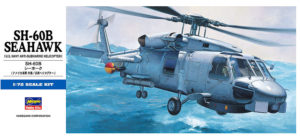
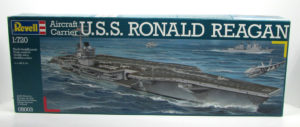
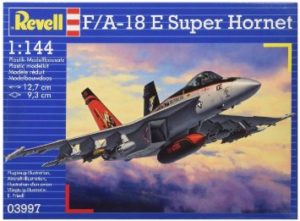
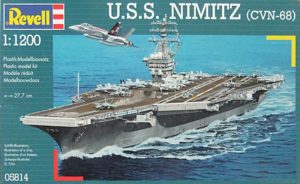
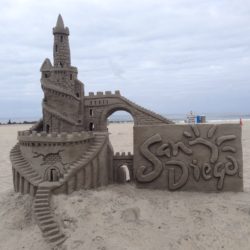
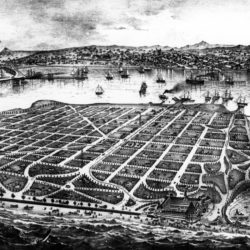
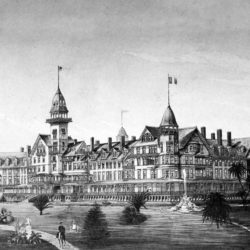
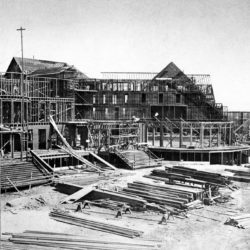
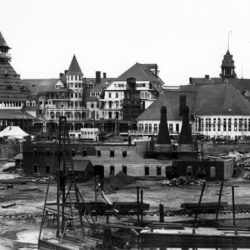
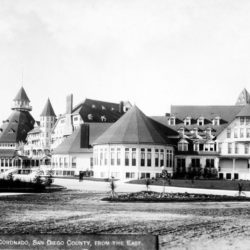
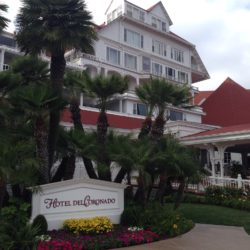
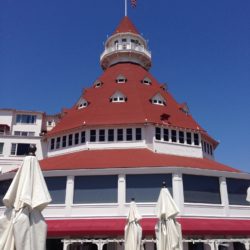
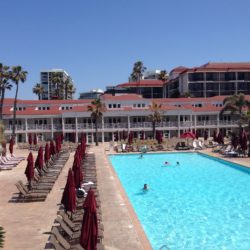
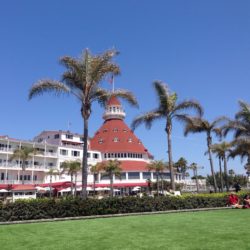
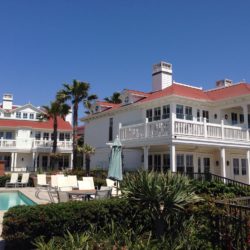
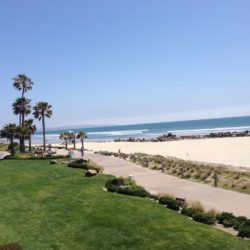
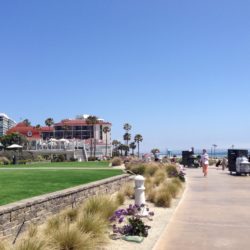
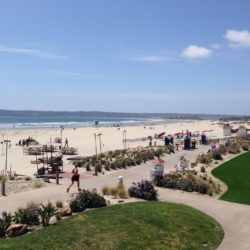
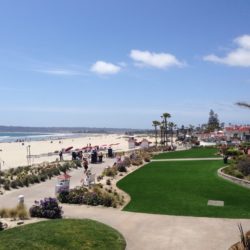
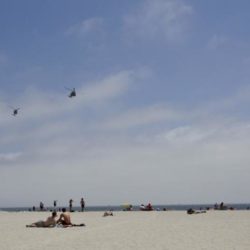
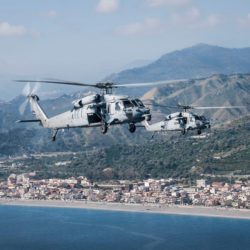
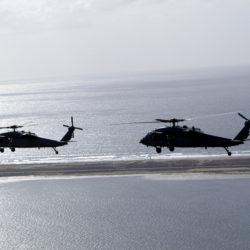
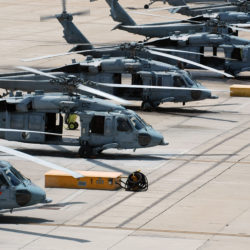
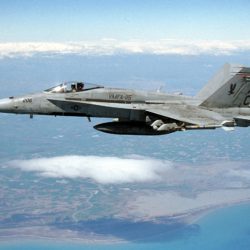
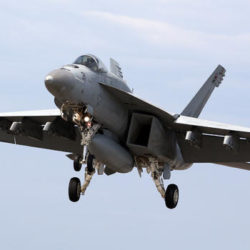
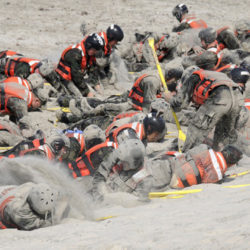
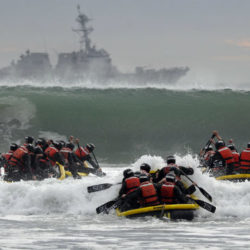
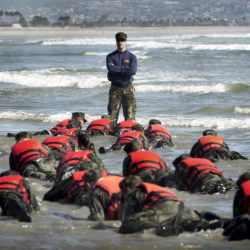
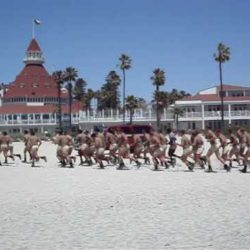
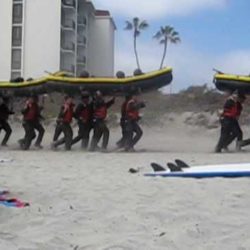
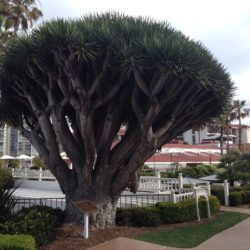
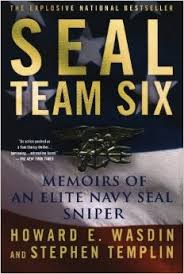 SEAL Team Six: Memoirs of an Elite Navy SEAL Sniper
SEAL Team Six: Memoirs of an Elite Navy SEAL Sniper
